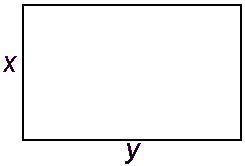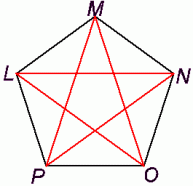Question Sheet: Project Music
Share this:
- Share via email (Opens in new window) Email
- Click to share on Facebook (Opens in new window) Facebook
- Click to share on X (Opens in new window) X
- Click to share on Pinterest (Opens in new window) Pinterest
- Click to share on Reddit (Opens in new window) Reddit
- Share to Google Classroom (Opens in new window) Google Classroom
- Click to print (Opens in new window) Print
SCIENCE
Before reading:
- How might different types of music affect your behavior or feelings?
- How does a violin make its sound?
During reading:
- What do white blood cells do? What effect does classical music appear to have on white blood cells?
- Which songs did Rebecca have her subjects listen to? How did she classify each song?
- What is an echo-less room called?
- What makes certain violins sound better than others?
- Describe Mozart’s interest in mathematics.
- Define a “retrograde inversion canon.”
After reading:
- Given Richie and Ryan’s findings about classical music’s effect on a person’s white blood cell count, where or in what situations might it be helpful to play classical music?
- How might Richie and Ryan’s study and Rebecca’s study be related? Design an experiment that combines their interests.
- Rebecca “hopes that her research might inspire Intel, the sponsor of ISEF, to invent a chip that can block certain radio stations on car radios. Keeping young people from listening to the hard stuff when they’re on the road could save lives.” Is this a good idea? Why or why not?
- What might be an advantage of listening to “aggressive” music?
- Why does music sounds better in certain halls or theaters than it does in other places? Why did Linden use an echo-less chamber to study how a violin sounds?
- How are math and music related?
LANGUAGE ARTS
- Go to a store or a restaurant and describe the sort of music that’s played in the background. Observe people in the store or restaurant and write a report on how the music might be affecting them. Does anyone seem to notice or react to the music?
- Pick a song that you really like. Write about why you like the song. How does it make you feel? What patterns exist in the music? Do you like that it’s predictable? Or is it unusual in some way? Describe how the song works.
SOCIAL STUDIES
When was Wolfgang Amadeus Mozart born? In what city did he grow up? To which city did he later move? How old was he when he died? Information about Mozart can be found at www.dsokids.com/2001/dso.asp?PageID=64 (Dallas Symphony Orchestra).
MATHEMATICS
- What is the “golden ratio?” You can learn more about the golden ratio at math.rice.edu/%7Elanius/Geom/golden.html(Rice University).
- The golden ratio appears in certain regular geometric shapes, such as the pentagon (five-sided figure) and the five-pointed star. Estimate the golden ratio from measurements of a golden rectangle and a regular pentagon.
 |
- a. Measure side x and side y of the rectangle shown above. Record your answers.
- b. Calculate y/x. Record your answer.
- c. Measure side LM and line segment LN of the pentagon shown above. Record your answers.
- d. Calculate LN/LM. Record your answer.
- e. Compare your answer in step b with your answer in step d.
- f. Can you find other pairs of lines in the pentagon diagram that give the golden ratio?
